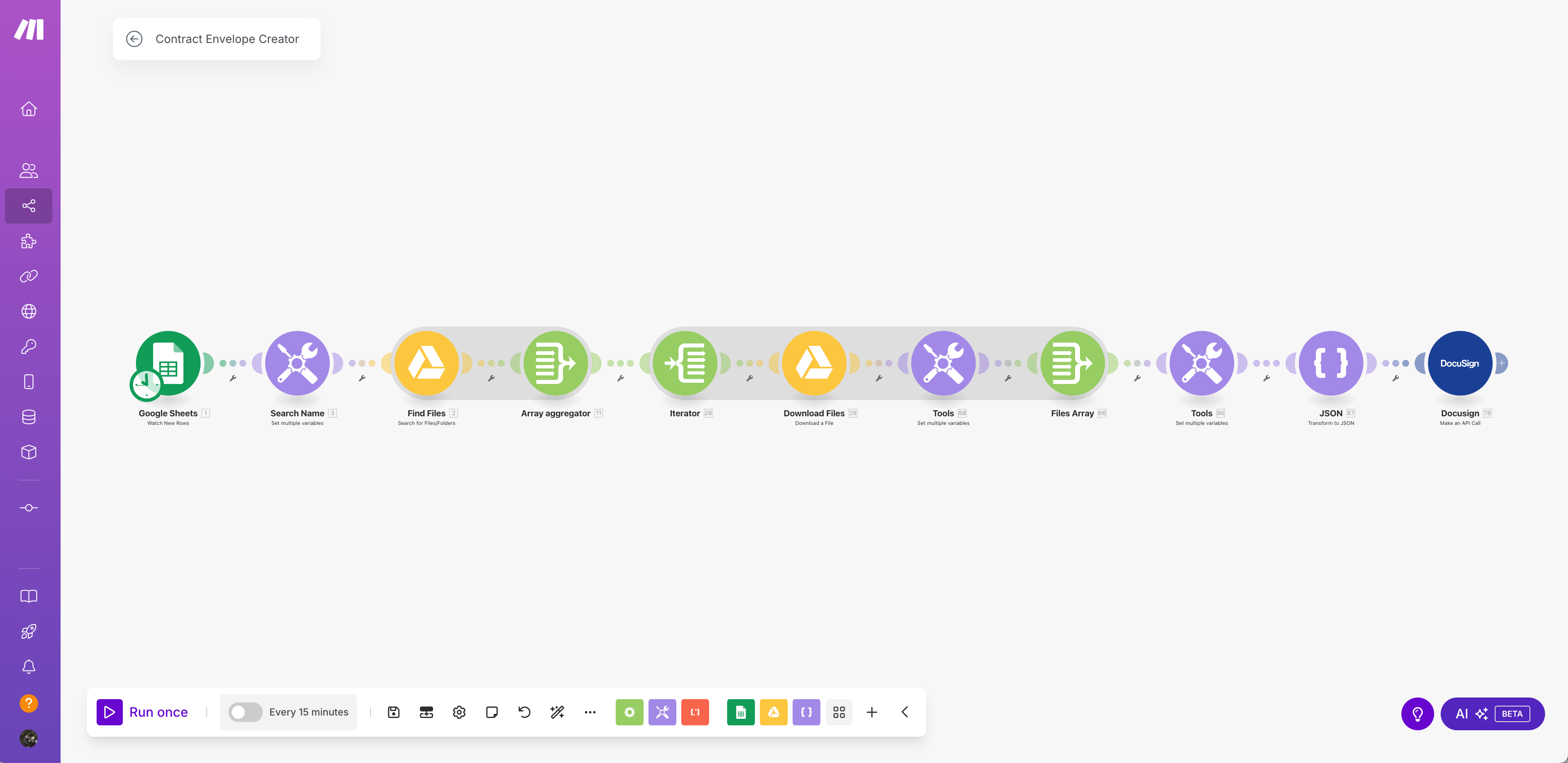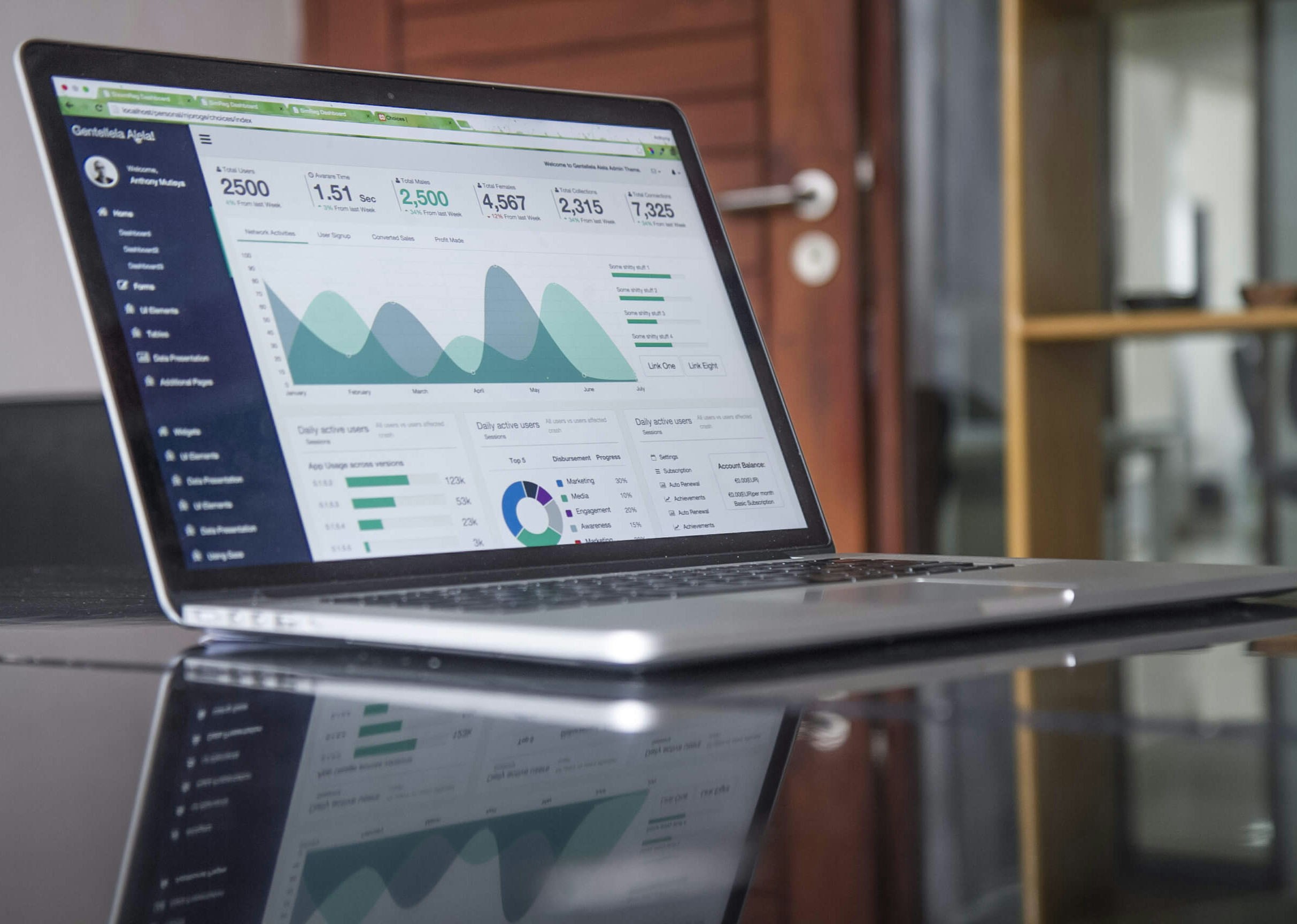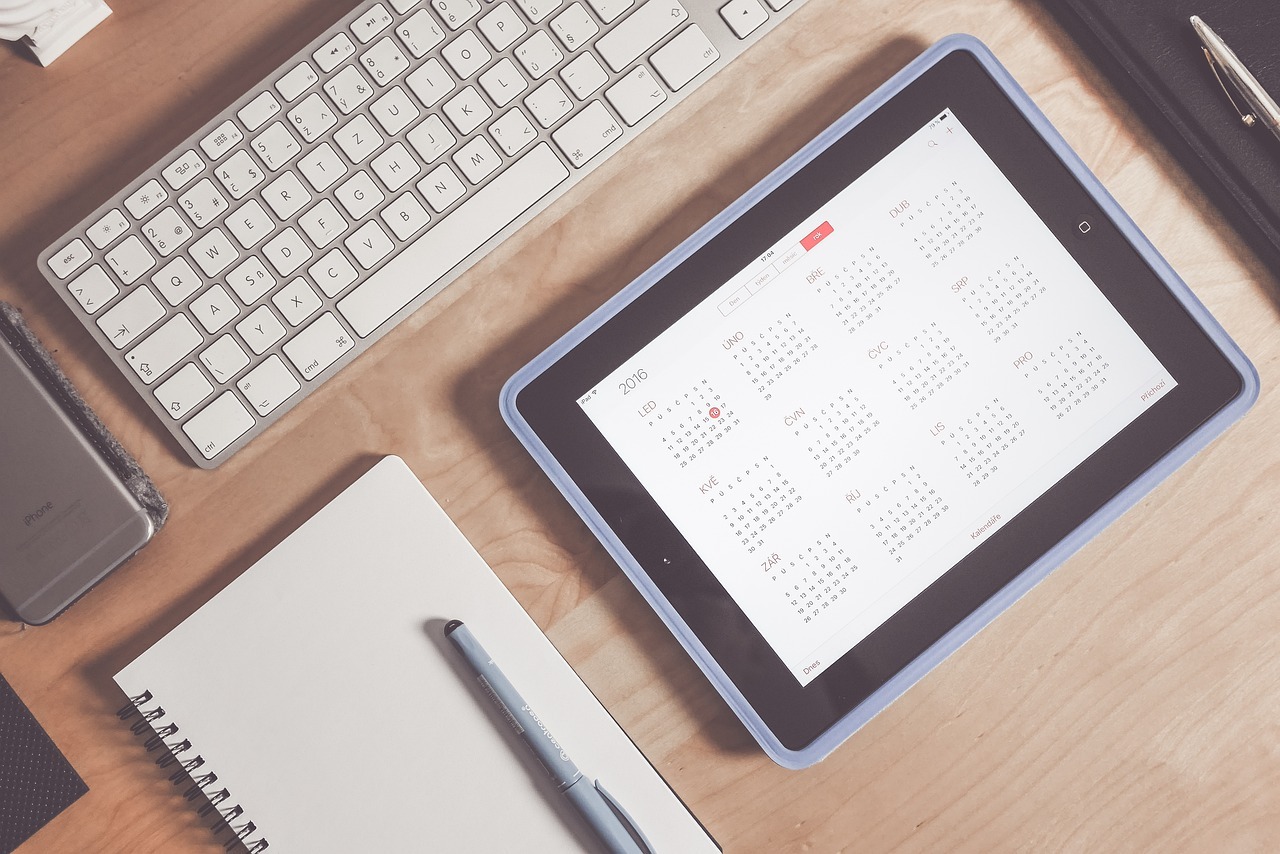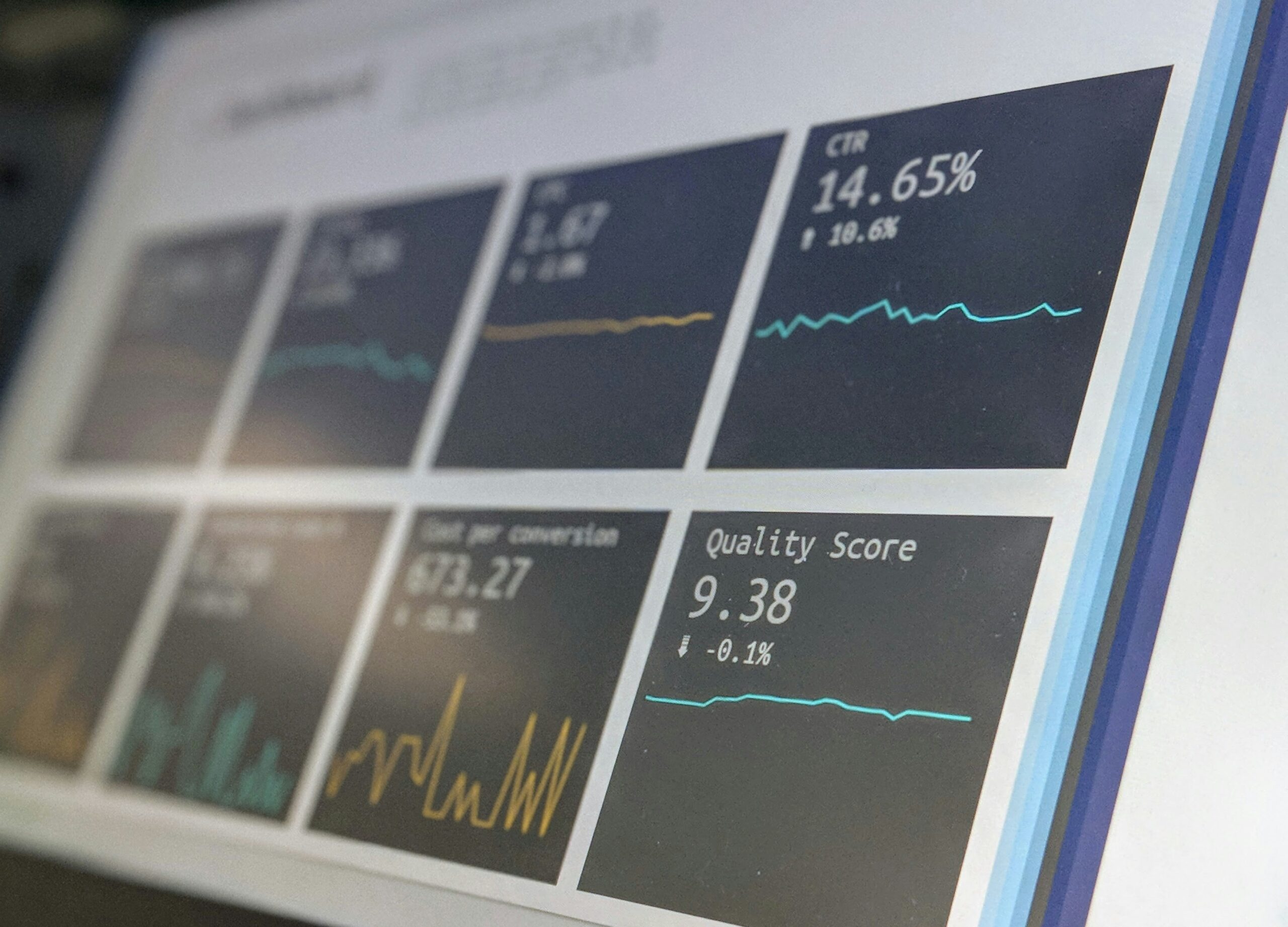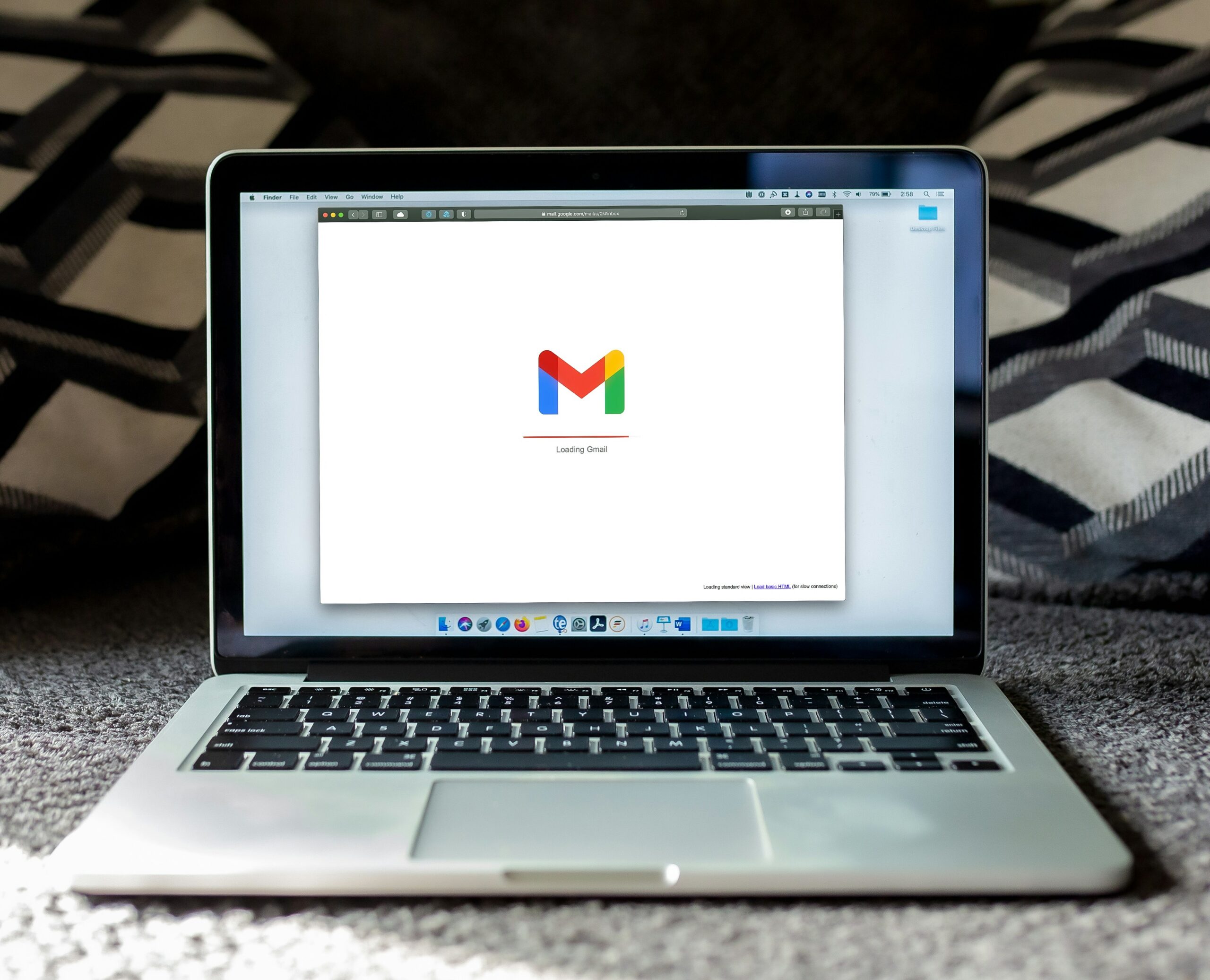Did you know that companies who understand their ideal customers see a 20% increase in sales compared to those who don’t? Every business wants to connect with its audience, but even the best campaigns fall short without clearly understanding who they’re targeting. The truth is that many marketing strategies fail because they rely on guesswork, not data. That’s where a data-driven Ideal Client Profile (ICP) comes in.
By using real insights instead of assumptions, a well-constructed ICP helps you attract the right audience, nurture them effectively, and ultimately increase conversions. In this guide, we’ll show you exactly how to create an ICP that resonates with your audience and drives measurable results—no more guessing, just smart, targeted marketing that builds loyalty and boosts sales.
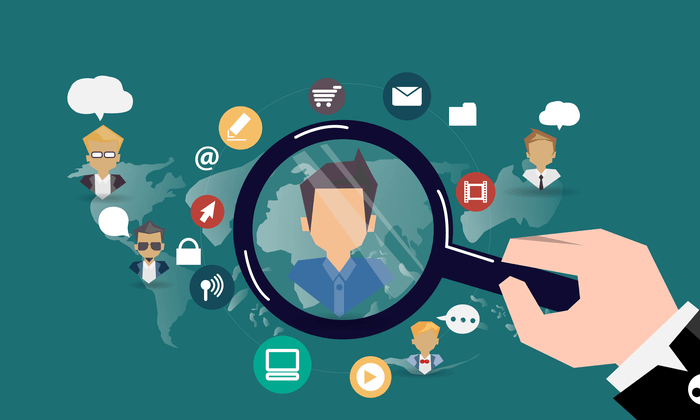
What Is an Ideal Client Profile?
An Ideal Client Profile (ICP) is a detailed description of the type of customer that would benefit most from your product or service. Unlike general target audience definitions, an ICP is more specific, focusing on characteristics like demographics, buying behavior, and pain points. By understanding your ideal client, you can tailor your marketing strategies to attract customers who are more likely to convert and remain loyal.
Key components of an ICP include their budget, decision-making process, and preferred communication channels. Crafting an ideal customer profile for small businesses helps improve your customer retention strategies and optimize your sales funnel for better results.
Why Most Customer Personas Fall Flat
Many businesses define their “ideal customer” vaguely, leading to missed connections. For example, targeting “Tech Enthusiasts” without diving deeper into their interests, preferred content formats, or frustrations results in generic marketing.
A truly effective customer persona goes beyond surface demographics and digs into unique needs, pain points, and engagement patterns. Here, we’ll show you how to create a data-driven persona that genuinely reflects your customers and drives results.
Download Our Guide on How to Use AI to Create the Perfect Customer Persona
Want to take the guesswork out of building your ideal customer profile? Our comprehensive guide shows you how to harness AI to create a data-driven persona that truly resonates with your audience. Save time, boost accuracy, and make smarter marketing decisions with AI.
What’s the Difference Between Ideal Customer Profile Vs. Buyer Persona?
An Ideal Customer Profile (ICP) and a buyer persona are both essential tools in marketing and sales, but they have distinct roles. Understanding their differences will help you target the right audience and craft effective messaging.
Ideal Customer Profile: Defining the Perfect Client
An Ideal Customer Profile (ICP) defines the type of business or customer that benefits most from your product or service. It focuses on characteristics like demographics, industry, and buying behavior. For example, an ICP might describe small businesses with fewer than 50 employees that need scalability solutions. The ICP helps you focus on customers who are the best fit for what you offer.
Buyer Persona: Humanizing Your Audience
On the other hand, a buyer persona is a semi-fictitious character representing an individual within your target market. It explores personal details such as psychographics, pain points, and goals. For instance, a buyer persona might be “Marketing Mary,” a 35-year-old marketing manager who seeks tools to boost team productivity. Unlike the ICP, a buyer persona captures emotions, preferences, and decision-making styles to help you connect with real people.
How They Impact Your Marketing and Sales Strategy
Both the ICP and buyer persona are crucial in shaping small business digital marketing campaigns . The ICP helps narrow your focus on high-value customer segments, while the buyer persona refines your messaging to effectively engage those segments. The buyer persona also provides insight into the customer’s journey, highlighting key touchpoints like how they discover your product and their pain points in the buying process.
When to Use Each Tool
The Ideal Customer Profile is most helpful in identifying which markets or businesses to target with your marketing efforts. On the other hand, a buyer persona is valuable when crafting personalized content or engaging with customers directly, ensuring your message aligns with their buying behavior and decision-making process.
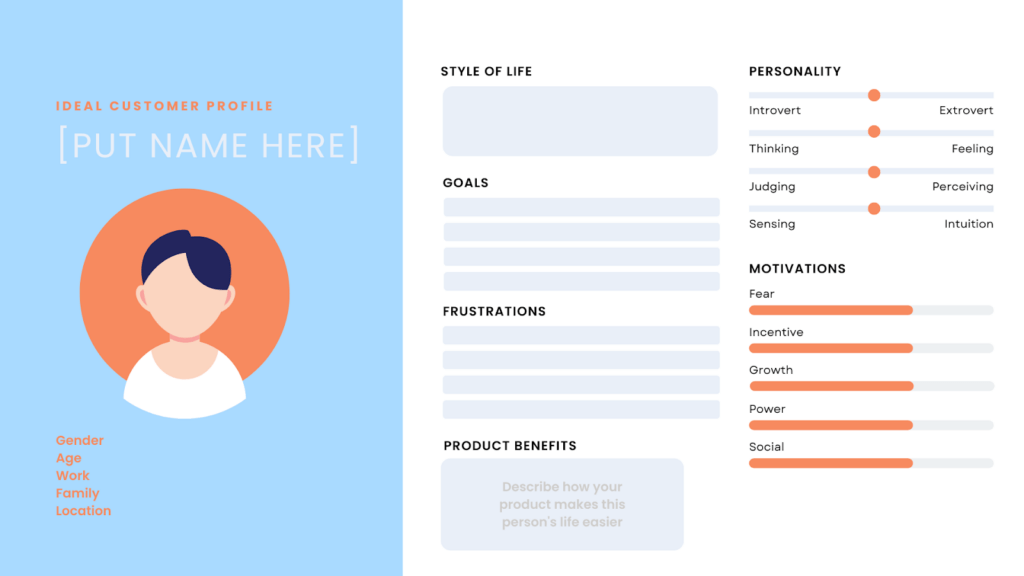
Example Template of an Ideal Customer Profile
Here’s an example of an Ideal Customer Profile designed for a business targeting professionals seeking to balance work and life. This profile outlines key details that can guide marketing, product development, and sales strategies, ensuring your messaging speaks directly to your target audience’s needs and preferences. For our breakdown, we will use John Doe as our ideal customer.
Name: John Doe
Demographics:
- Age: 35
- Gender: Male
- Location: New York, USA
- Income Level: $70,000/year
Behaviors:
- Purchase Frequency: Monthly
- Preferred Content: Blogs, How-to Videos
Goals:
- Personal: Wants to improve work-life balance
- Professional: Aiming to increase productivity and upskill in technology
Pain Points:
- Challenges: Struggles to find affordable yet quality tools for his business
Preferred Communication Channels:
- Channels: Email and LinkedIn Messages
Buying Behavior:
- Factors: Price-sensitive but values quality, reads reviews before making decisions
Demographics: Understanding Lifestyle and Purchasing Power
John’s age, income level, and location provide valuable insights into his lifestyle. At 35, he is likely balancing career ambitions with his personal life, prioritizing efficiency and convenience. His $70,000 annual income indicates that while affordability is important, he may be open to investing in quality products offering long-term value. Knowing he’s located in New York, a competitive urban market can also influence how you position your products to suit his needs.
Behaviors: What Drives Engagement
John’s monthly purchase frequency guides when to send promotions and special offers. His preference for blogs and how-to videos shows he values educational content, especially in learning and decision-making. This points to a content marketing strategy focused on tutorials and guides, nurturing him through his buying process while building trust and authority for your brand.
Goals: Aligning with Personal and Professional Aspirations
John’s personal goal of improving work-life balance reflects his desire for time-saving solutions. In contrast, his professional goal of increasing productivity and upskilling in technology indicates that he is actively looking for tools to streamline his tasks. Marketing materials emphasizing how your product supports these goals will make a strong connection and position your offering as the ideal solution.
Pain Points: Addressing Key Challenges
John struggles to find affordable yet high-quality tools for his business, which is a critical pain point to address in your marketing. Highlighting your product’s balance between cost and quality through testimonials or case studies will resonate with his needs and show that you understand his specific challenges.
Mind Your Business Newsletter
Business news shouldn’t put you to sleep. Each week, we deliver the stories you actually need to know—served with a fresh, lively twist that keeps you on your toes. Stay informed, stay relevant, and see how industry insights can propel your bottom line.
Subscribe to Mind Your Business
Preferred Communication Channels: Reaching the Customer Effectively
John prefers email and LinkedIn Messages, indicating a more formal, professional communication style. This suggests that content delivered via these channels, such as newsletters or LinkedIn outreach, will likely engage him better than casual social media posts. Keeping your communication professional and relevant will ensure he pays attention.
Buying Behavior: Understanding the Decision-Making Process
John is price-sensitive but values quality and makes decisions based on customer reviews. To win him over, your marketing should emphasize your product’s value proposition, supported by strong customer testimonials and reviews. Transparency and social proof will be key in overcoming his hesitation and driving him to purchase.
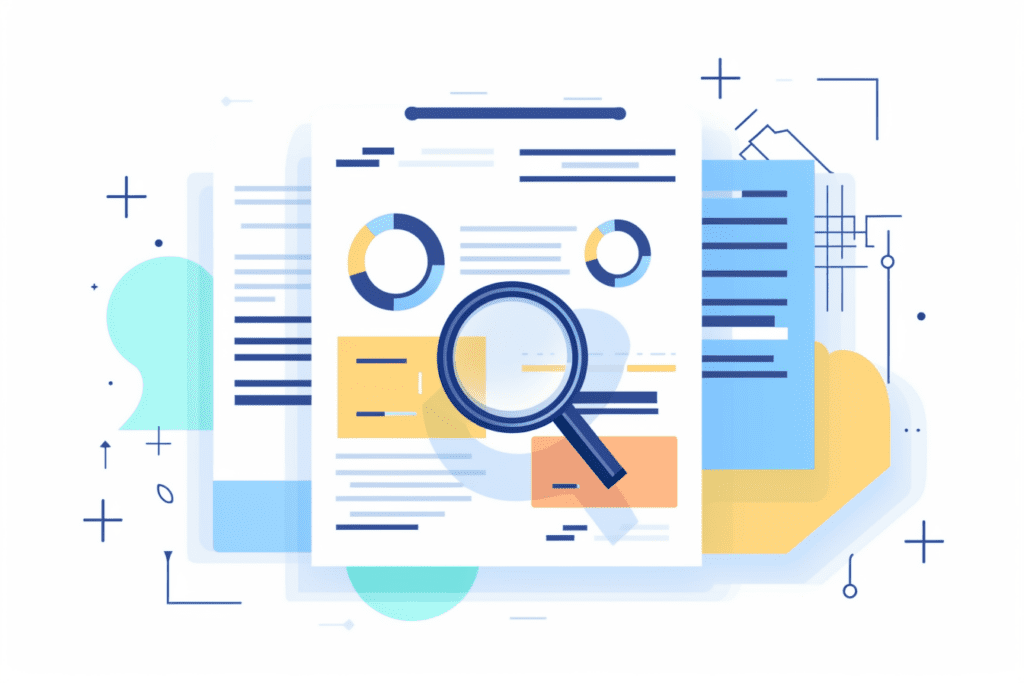
Where to Find the Data for Your Ideal Customer Profile
Creating an applicable Ideal Customer Profile (ICP) begins with gathering accurate data. Each source provides different insights, helping you create a well-rounded, actionable persona. Let’s explore the key sources and the unique perspectives they offer.
Download Our Guide on How to Use AI to Create the Perfect Customer Persona
Want to take the guesswork out of building your ideal customer profile? Our comprehensive guide shows you how to harness AI to create a data-driven persona that truly resonates with your audience. Save time, boost accuracy, and make smarter marketing decisions with AI.
CRM Data: Analyzing Customer Loyalty and Purchase Behavior
Your CRM data is invaluable for understanding customer interactions and loyalty patterns. Here’s what to look for:
- Purchase Frequency: How often do customers buy from you?
- Buying Cycles: Do they purchase seasonally, monthly, or sporadically?
- Product Preferences: What types of products or services do they consistently choose?
By identifying these patterns, you can determine which customers are loyal and which products resonate most. This helps you craft tailored small business digital marketing campaigns aimed at nurturing customer loyalty.
Google Analytics: Understanding Website Behavior
Google Analytics provides a wealth of data on your website traffic. Key areas to focus on:
- Top Pages: Which pages on your site receive the most traffic and engagement?
- Geographic Data: Where are your visitors located?
- Device Usage: Are your visitors accessing your site via mobile, desktop, or tablet?
- Bounce Rates: Are users leaving certain pages without engaging?
This data helps you identify the content or product that appeals most to your audience, allowing you to refine your content strategy based on real user behavior.
Social Media Metrics: Measuring Audience Engagement
Social media platforms provide insights into your audience’s behavior and demographics. Pay attention to:
- Demographics: Age, gender, and location data can reveal who engages most with your brand.
- Engagement Metrics: Track likes, shares, and comments to identify the types of posts your audience prefers.
- Platform-Specific Trends: Certain content (e.g., videos, polls) may perform better on different platforms.
Understanding your audience’s social media habits helps you create content tailored to their preferences and behaviors on specific platforms.
Customer Surveys: Directly Capturing Feedback
Customer surveys allow you to capture feedback straight from your audience. Here’s what they can reveal:
- Pain Points: What are your customers’ most common challenges or frustrations?
- Preferences: What do customers value most in your products or services?
- Expectations: What do they expect from your brand moving forward?
Surveys give you an unfiltered look into your customers’ thoughts, helping you adjust your products or messaging to meet their needs directly.
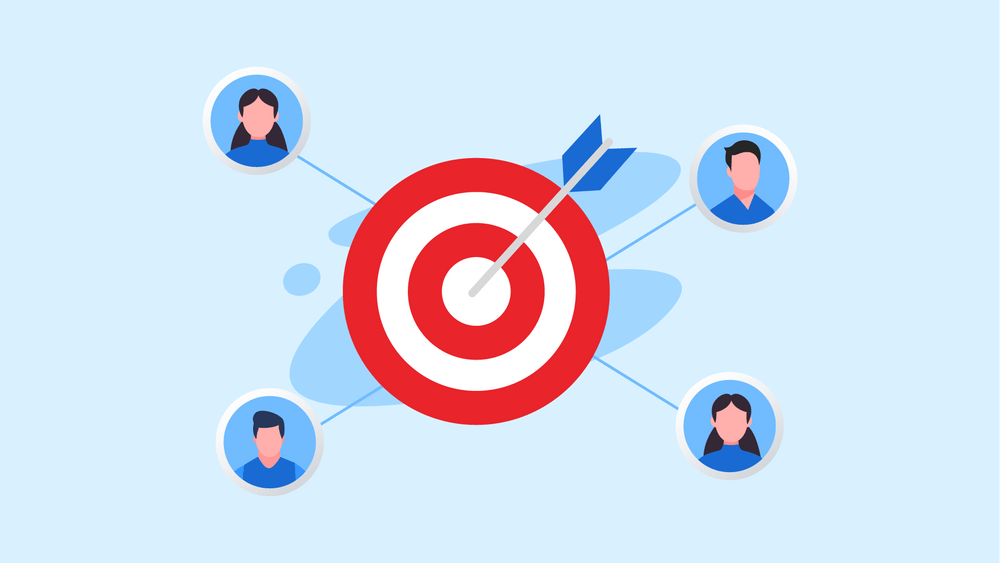
Transforming Data into a Persona
With your data collected, the next step is to transform it into a living, breathing Ideal Customer Persona that will guide your marketing strategy. Start by organizing your data into key categories like demographics, customer behaviors, and buying preferences.
For instance, if your CRM data shows that a segment of customers consistently purchases budget-friendly products, you should emphasize price sensitivity in their profile. If Google Analytics data reveals high engagement with blog posts or how-to videos, this points to an audience that values educational content and practical advice.
Download Our Guide on How to Use AI to Create the Perfect Customer Persona
Want to take the guesswork out of building your ideal customer profile? Our comprehensive guide shows you how to harness AI to create a data-driven persona that truly resonates with your audience. Save time, boost accuracy, and make smarter marketing decisions with AI.
How to Use AI to Analyze Data for Customer Insights
Once your data is sorted, use AI tools like ChatGPT to analyze the information. Instead of giving the AI a rigid prompt, guide it by focusing on identifying patterns and trends. For example, if the data suggests that most of your customers are small business owners looking to improve productivity, this becomes a defining goal in their persona. The AI can help uncover these key insights by analyzing your data, but you’ll need to apply your knowledge of your industry to refine and validate the output.
Identifying Pain Points and Buying Behaviors in Your Data
One of the most crucial elements of an Ideal Customer Profile is understanding pain points and buying behaviors. Are your customers hesitant due to pricing concerns, or do they tend to read product reviews before deciding? These behaviors are critical for shaping your small business digital marketing and sales strategies. If you discover through customer feedback or social media insights that your audience is primarily concerned with product quality, this should be highlighted in their persona.
Aligning Your Ideal Customer Persona with Business Objectives
Finally, once you’ve refined your Ideal Customer Persona, ensure it aligns with your business goals. Ask yourself: How can your product or service solve this persona’s specific problems? For example, if your target audience seeks tools that improve productivity and save time, tailor your messaging to emphasize efficiency. The result will be a persona that helps you create targeted small business digital marketing campaigns that resonate with your audience, leading to better engagement and conversion rates.Filling in the Gaps for a Complete Persona
After creating an initial persona draft, you may still need to refine it. Look for gaps in the data and ask follow-up questions to clarify. For instance, ask yourself, “What is my customer’s biggest frustration?” or “What goals drive their purchasing decisions?” Answering these will make your persona accurate and nuanced.
Consider adding questions such as:
- “Are they brand loyal or price sensitive?”
- “What’s their primary goal when interacting with us—learning, purchasing, or seeking support?”
The more you fill in these details, the more comprehensive your persona becomes, serving as a reliable guide across all marketing touchpoints.

Wrapping Up Your Ideal Client Profile
Creating a data-driven Ideal Client Profile isn’t just about gathering data—it’s about interpreting that information to understand your audience deeply. From identifying key demographics and buying behaviors to addressing specific pain points and goals, your ICP becomes a blueprint for crafting marketing strategies that speak directly to your ideal customers. By combining insights from CRM data, Google Analytics, social media metrics, and customer surveys, you can build a persona that guides every aspect of your business, from content creation to sales outreach.
Download Our Guide on How to Use AI to Create the Perfect Customer Persona
Want to take the guesswork out of building your ideal customer profile? Our comprehensive guide shows you how to harness AI to create a data-driven persona that truly resonates with your audience. Save time, boost accuracy, and make smarter marketing decisions with AI.
